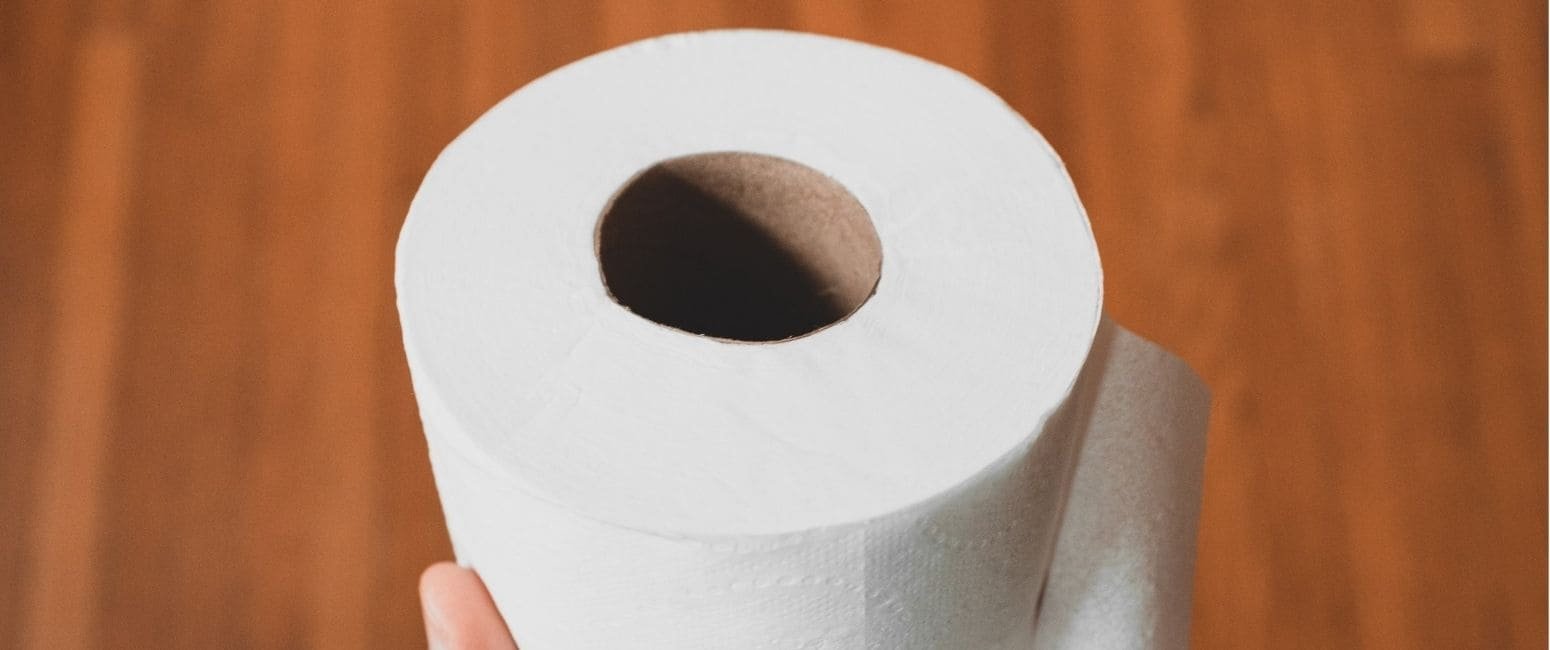Potty Readiness: A Step-by-Step Guide to Toilet Independence
🐘 As parents, one of the major milestones we anticipate is our child's transition from diapers to using the toilet independently. Potty readiness and successful toilet training require a combination of physical, behavioral, and cognitive readiness, patience, and a supportive environment. As a Certified Child Behavior Specialist, I am here to guide you through this exciting journey and provide practical tips for achieving successful toilet training with your child.
Understanding Potty Readiness for Mastering the Potty:
Potty readiness involves assessing your child's physical, behavioral, and cognitive readiness to begin toilet training. By considering these three aspects, we can determine if your child is prepared for this important milestone. Let's take a closer look at each readiness factor:
Physical Readiness: Physical readiness includes the development of specific motor skills and bodily functions. Look for these signs to assess if your child is physically ready for toilet training:
Increased bladder control: Your child can stay dry for longer periods or wakes up from naps with a dry diaper.
Coordination: They have the ability to walk to the bathroom, sit down on the potty chair or toilet seat, and get up independently.
Fine motor skills: Your child can pull their pants up and down, and wipe themselves with assistance.
Behavioral Readiness: Behavioral readiness refers to your child's behavior and ability to understand and follow instructions. Consider these behavioral signs to gauge if your child is ready for toilet training:
Awareness of bodily sensations: Your child can recognize and communicate their need to use the bathroom, or they may show signs of discomfort when their diaper is wet or soiled.
Imitating behavior: They may display interest in using the toilet or demonstrate curiosity about watching family members use the bathroom.
Independence: Your child expresses a desire to do things on their own, including using the toilet, and is willing to participate in the process.
Cognitive Readiness: Cognitive readiness involves your child's cognitive abilities and understanding of the toilet training process. Look for these cognitive signs to determine if your child is cognitively ready for toilet training:
Language skills: They can understand and follow simple instructions related to toilet training, such as sitting on the potty chair or wiping themselves (with assistance initially).
Decision-making: Your child can make choices about using the potty or a diaper/pull-up based on their understanding and comfort level.
Body awareness: They demonstrate an understanding of their bodily functions and can connect the sensations with the need to use the toilet.
Creating a Supportive Environment:
To set your child up for success, it's crucial to create a supportive environment for toilet training. Here are some strategies to consider:
Establishing a Consistent Bathroom Routine: Create a consistent bathroom routine by scheduling regular toilet breaks throughout the day, such as after meals or upon waking up. Encourage your child to sit on the potty chair during these designated times.
Use positive language and encouragement: Instead of relying on external reward systems, focus on acknowledging your child's efforts and successes. Use phrases like," You're showing wonderful awareness of your body's signals" or "I admire your decision to use the potty.”
Guidance and Support: A Parenting Script for Success: Offer clear and simple instructions during the toilet training process. Use a parenting script like, "It's time to visit the bathroom and see if your body is prepared for pee or poop. Take a moment to ask your body if it's prepared. Settle comfortably on the toilet or potty, and trust that your body will guide you."
Fostering Independence in the Toilet Training Process: Encourage your child to participate actively in the process. Teach them how to pull their pants up and down, wipe themselves (with your assistance initially), and wash their hands.
Troubleshooting Challenges: Common Issues and Effective Solutions: Toilet training can present challenges along the way. Here are some common issues and suggestions for troubleshooting:
Regression: How to Handle Setbacks: It is not uncommon for children to experience setbacks or regress in their toilet training progress. Be patient, offer support, and provide gentle reminders to get back on track. Revisit the basics and reinforce the positive aspects of using the toilet.
Addressing Resistance and Fear: If your child shows resistance or fear of using the toilet, try to identify any underlying concerns. Introduce fun and engaging books or videos about toilet training to ease their anxiety. Provide reassurance and reinforce their autonomy in making decisions about using the potty.
⭐Toilet training is a significant milestone in your child's development, and successful potty readiness relies on understanding their physical, behavioral, and cognitive cues, creating a supportive environment, and maintaining patience throughout the process. Remember that each child progresses at their own pace, and by fostering their independence, using positive language, and providing guidance, you can support them in achieving this important milestone.


